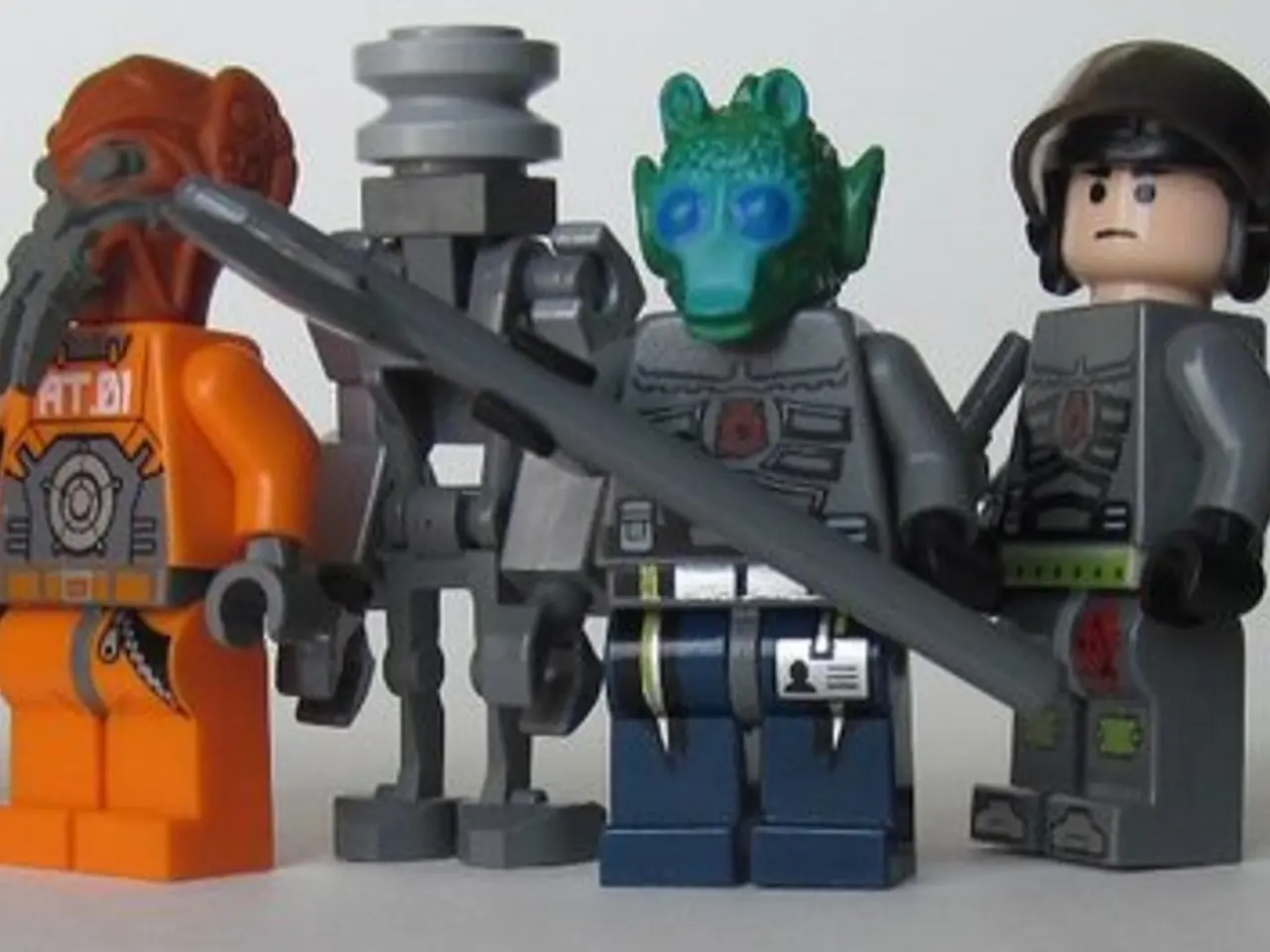Space Station Battery Upgrade: First Replacement After 18 Years on the International Space Station
The International Space Station (ISS) has recently undergone a significant upgrade, with its old batteries being replaced for the first time in nearly 20 years. This milestone was achieved with the help of the Special Purpose Dexterous Manipulator (SPDM), also known as Dextre, a Canadian-built robot that serves as the ISS's personal handyman in space.
NASA astronauts Peggy Whitson and Commander Shane Kimbrough completed the battery replacement task in just four hours, aided by Dextre. Remarkably, they were also able to get other tasks finished ahead of schedule.
Each Solar Array Wing of the ISS has eight separate wings, and each one attaches to a power channel with three batteries. Previously, each string of batteries had two nickel-hydrogen units, but with the new upgrade, the battery count is halved. The old nickel-hydrogen batteries were replaced with 24 new lithium-ion batteries.
Lithium-ion batteries, used in the ISS's new batteries, were first developed in the 1970s and have become significantly cheaper and more ubiquitous since Sony produced them commercially in 1991. These batteries are cheaper to make and offer flexibility for design modifications, making them ideal for space applications.
The new lithium-ion batteries are smaller and should power the ISS until its completion over a decade from now. In fact, some lithium-ion batteries similar to those used in space applications have lifespans up to 12 years and can support thousands of charge cycles, which aligns with the ISS’s operational needs.
NASA has stated that having Dextre on call reduces the amount of risky spacewalks for routine chores, giving astronauts more time for science, the main goal of the ISS. Additionally, the battery replacement event was hailed as "a remarkable demonstration of robotic prowess" by Mark Garcia on the NASA blog.
The new batteries offer more than just extended power. They also provide a unique testing ground for new robotics concepts like servicing satellites in space. Advances inspired by ISS battery tech contribute to improving longevity and safety in lithium-ion systems.
With these upgrades, the ISS is better equipped to continue its vital role in scientific research and exploration for years to come. The successful battery replacement is a testament to the capabilities of modern robotics and the dedication of NASA and its international partners to push the boundaries of human knowledge in space.
[1] NASA.gov, Lithium-ion Batteries, https://www.nasa.gov/topics/technology/tech_notes/tn-20070206.html [4] NASA.gov, ISS Programme, https://www.nasa.gov/mission_pages/station/main/index.html [5] NASA.gov, Space Technology Mission Directorate, https://www.nasa.gov/directorates/spacetech/home/index.html
- The innovative use of lithium-ion batteries, first developed in science during the 1970s, in the International Space Station's (ISS) upgraded batteries was made possible by technological advancements, particularly in robotics, such as the Special Purpose Dexterous Manipulator (SPDM), or Dextre, a key player in the ISS's space missions.
- The new lithium-ion batteries, offering extended power and serving as a unique testing ground for robotics concepts like satellite servicing in space, not only improve the ISS's longevity and safety but also contribute to the overall advancement of technology in this domain, exemplifying the power of innovation in space exploration.




